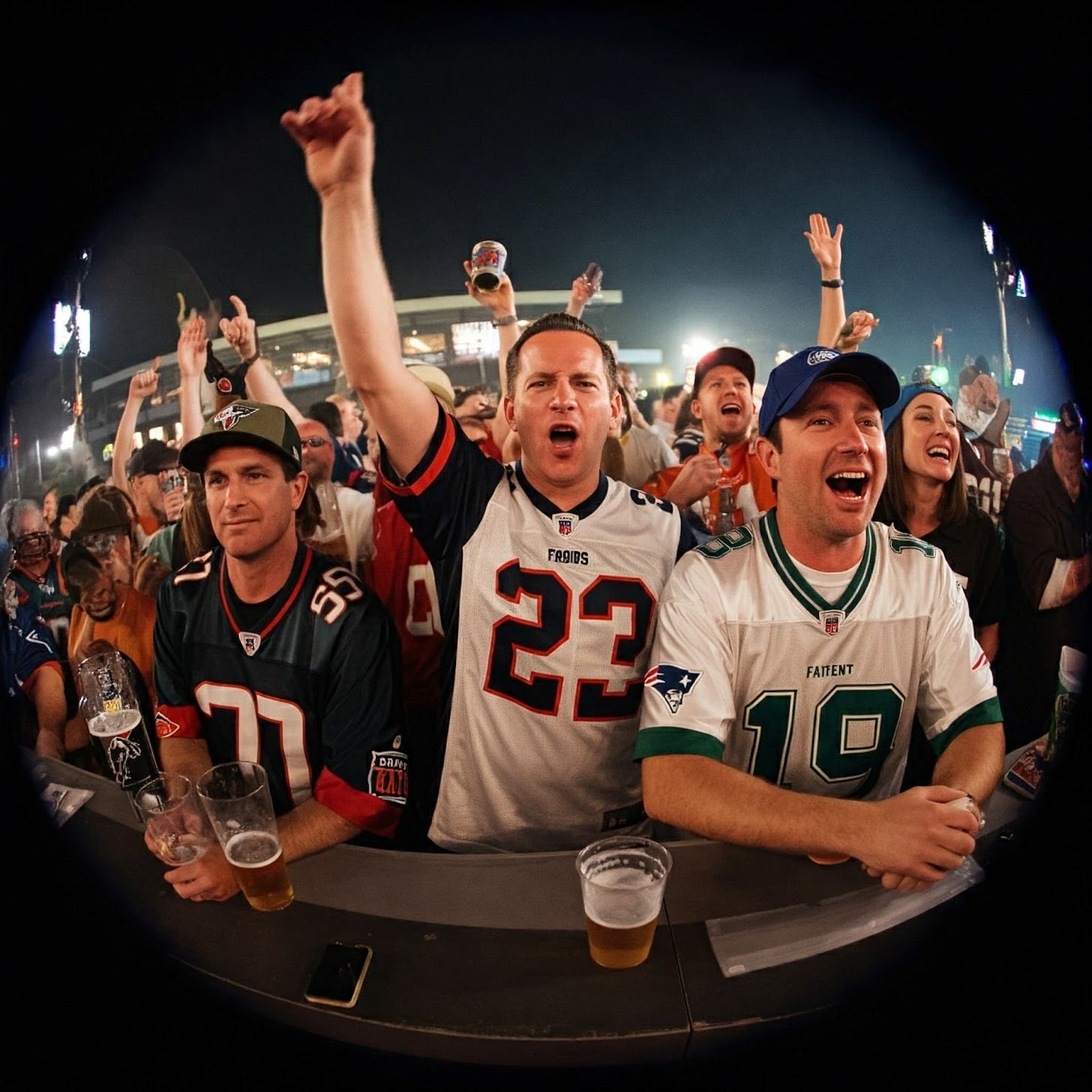AI Drug Discovery: An In Vitro Explanation of an In Silico Concept
AI for Dummies...I Mean Biologists
Introduction
Artificial Intelligence (AI) is revolutionizing many industries, and Biotech is no exception. With AI-discovered drugs making up a significant portion of the clinical pipeline, it's crucial to understand how AI impacts drug discovery. It’s important to note that I will only be covering the early stages of drug discovery, not clinical trials.
Traditional Drug Discovery Process
The traditional drug discovery process involves:
Target Discovery: Identifying the protein to target for therapeutic impact.
Hit Identification: Finding substances that affect the target.
Hit to Lead: Measuring bioactivity, ADMET (absorption, distribution, metabolism, excretion, toxicity), and selectivity.
Lead Optimization: Iterating on top molecules to modify characteristics.
This process requires extensive literature research and in vitro/in vivo experiments, which can be time-consuming and costly.
How AI Accelerates Drug Discovery
AI's data processing capabilities can significantly speed up drug discovery:
Target Validation: Analyzing large datasets to identify potential drug targets, including those previously overlooked.
Molecule Generation: Designing new molecules based on protein structures and compound libraries.
Virtual Screening: Predicting molecule-target interactions, reducing the need for extensive physical screening.
Theoretically, all of this can be done before having to run a single experiment on the bench. Take a look at this paper, which highlights some of the tools used in AI drug discovery.
Limitations and Considerations
Although AI shows great promise, it's important to be aware of its limitations:
Data Quality and Bias: AI relies heavily on data quality, and biased data can lead to biased predictions.
Need for Human Expertise: AI is a tool that complements, not replaces, human expertise and in vitro/vivo testing in drug discovery.
Reliability of Predictions: AI models can produce inaccurate or unrealistic results (see below), requiring careful validation.
Look at what happens when I ask Google Gemini to generate an AI image of a Super Bowl party:
Have you ever read the I Spy books? I like to play AI Spy, where I find all of the things wrong with an AI photo. Hey you, on the left in the orange shirt, where’s your face??You could imagine AI tools having similar issues when designing molecules.
Conclusion
AI is transforming drug discovery by accelerating target identification, molecule generation, and drug screening. Despite its limitations, AI is on the rise in the drug discovery space, and it’s producing promising results. The potential benefits of AI in terms of time and cost savings are significant. As AI continues to advance, it's likely to play an increasingly important role in bringing new and innovative drugs to market. As mentioned in my previous post, and the reason I’m talking about this in my blog: AI Drug Discovery is upwards of 40% faster and cheaper than traditional drug discovery. Manual screening isn’t going to be able to keep up with the sheer speed at which molecules are designed and synthesized. A fully integrated automation workflow is necessary to eliminate bottlenecks and produce data that can be used to generate more molecules.
Key Takeaway: AI has the potential to revolutionize drug discovery by significantly reducing the time and resources required. However, it's crucial to be aware of its limitations and ensure that AI is used in conjunction with human expertise.
Something to think about: Given the limitations of AI, where does in silico end and in vitro begin?


